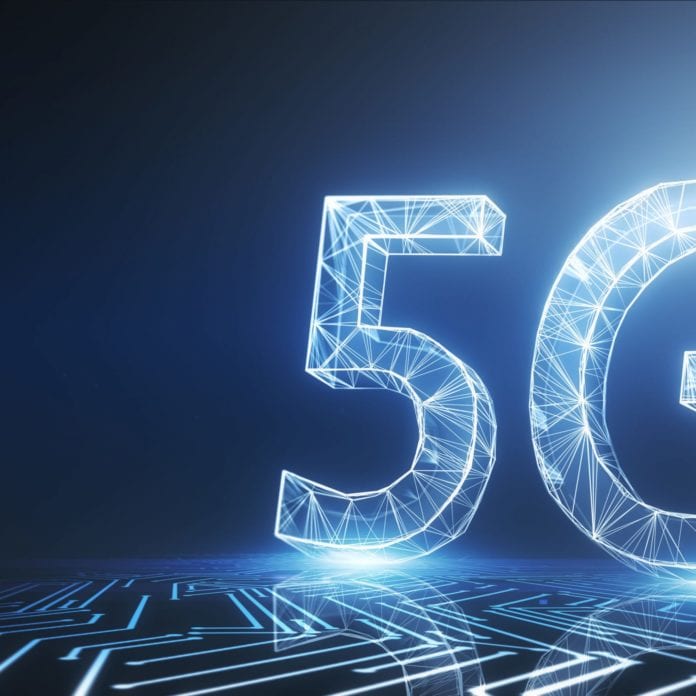5G network coverage already reaches about 75% of the U.S. population when they’re at home or at work, according to new data from pwc, and device penetration has hit 8%. However, the firm doesn’t expect 5G to hit its tipping point until 2023, two years from now.
“Carriers and device manufacturers face the uphill battle of consumer upgrade cycles and deployment challenges as they work to make 5G real, exacerbated by COVID-19,” pwc said, based on data from its recently updated 5G Mobile Index. While the new generation of mobile network technology has gained momentum, it “won’t reach scale for years to come,” according to the company.
Pwc expects 80% of the U.S. population to have 5G coverage available at home or work by July 2021, and 5G-enabled device penetration to reach 12% by then. The firm noted that “the performance of 5G networks remains uneven” and expects expanded use of midband spectrum to help smooth that out over time in urban and suburban markets.
Dan Hays, pwc’s strategy leader for U.S. technology, media and telecommunications, said that the firm has been tracking both the availability of 5G networks and the extent of device adoption by consumers, the latter of which he said “tends to be the long pole in the tent for actual usage.”
“What we’re finding is, the network availability and coverage is continuing to grow, it’s continuing to creep gradually ahead and largely on-track with where we anticipated it to be,” Hays said. 5G network access is being driven by two factors: The laborious installation and deployment of 5G-capable cell sites, and in some cases, carriers leveraging dynamic spectrum-sharing with LTE to accelerate coverage reach.
“We expect it to actually decelerate a little bit,” Hays added. “We’re now getting to a point where you start to hit more rural areas, and naturally, the roll-out of 5G will be a bit slower, given the vast areas of land that have to be covered.”
On the device side, he said that it “has been a pretty sleepy story until the past six months” and in particular, up until pre-holiday smartphone launches in late 2020. Penetration has seen a sizable increase in the past six months as more devices, and particularly, more flagship devices, have become available, Hays said; pwc expects steady growth to continue in 5G device penetration. However, 5G device penetration is still facing headwinds, he said, due to the continued lengthening of the upgrade cycle (which he said has gone from about two years to closer to three) and the continued economic impact of the pandemic. There has been some industry anticipation that there would a 5G upgrade “supercycle” that would take hold in a 2020-2021 timeframe in which consumers would begin upgrading at a higher rate. Hays says that that expectation would’ve been reasonable if 2020 had been a normal year, but the pandemic and the early experience of 5G has played into people’s willingness to wait.
“There are just many people who are hesitant to go out and spend maybe $800 or $1,000 on a new mobile device,” Hays said.
The other factor in play, he said, is the value proposition of 5G.
“We still are seeing that there’s a mismatch between consumers’ expectations for 5G and the experience that they’re receiving. That’s a factor of both the speed that they observe and the consistency of coverage.” Some people who have purchased 5G phones have actually turned off their phones’ 5G capabilities because they felt connecting to 5G networks either impacted consistency of performance, or battery life.
“We definitely think there is an opportunity for the mobile industry at large to do a better job of communicating with consumers about what to expect from 5G and how to get the most out of it,” he said.

